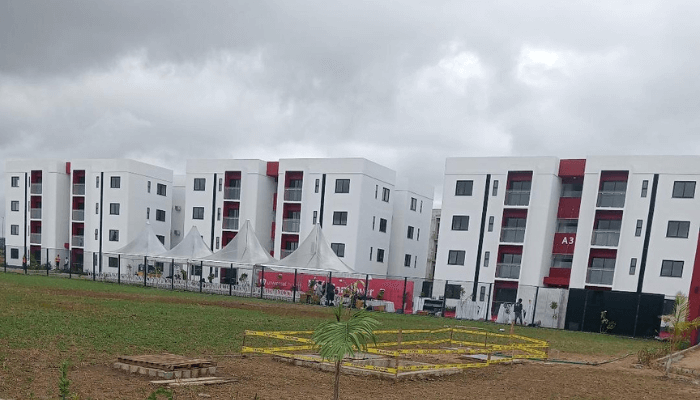Plastic bottle homes: Builders offer insights on construction, cost
Plastic bottle homes are, increasingly, becoming common features of Nigerian cities. Besides the northern state of Kaduna, particularly around the village of Sabon Yelwa, where they stand as a tourist attraction, such homes can also be found on the Kaduna-Zaria Road.
Another instance is reported near the federal capital, Abuja. A recent report by BusinessDay cited a study which revealed these homes are gaining traction in the South East region of Nigeria, with an increasing number of residents adapting to the housing arrangement.
BusinessDay gathered that these novel homes come with a lot of upsides, especially with the construction method and cost. Builders, who are involved in the supply of these homes, say the construction method is simple, while the cost is relatively cheap.
“The houses are built using discarded plastic bottles that are filled with sand and then bound together with mud. The bottles are placed on their side, one on top of another,” Yahaya Ahmed of Nigeria’s Development Association for Renewable Energies (DARE), disclosed.
Read also: Plastic bottle homes gain traction in S-East Nigeria as rents surge
A firm, concrete foundation is laid to ensure that the structure is firm and stable, and the sand is sieved to make sure it is compact.
Dolly Ugorchi, who has been trained in bottle house building, explains that builders need to sieve the sand to remove the stone,s otherwise it will not be nice and it would not be able to pass through the mouth of the bottle.
Unlike conventional houses that require going to the market to buy cement, iron roads, among others, bottles for these houses are mainly sourced from hotels and restaurants, but they require a large amount of sand to produce.
In terms of cost, Ahmed estimates that a bottle house will cost one third, that is about 30 percent, of what a similar house made of concrete and bricks would cost, adding that a house of this nature, with one bedroom, living room, bathroom, toilet and kitchen, uses an estimated 7,800 plastic bottles.
Besides the simple and cheap construction method, plastic bottle homes also have positive environmental impact as they aim to reduce plastic waste and address housing deficit in a cost-effective way.
Its structural properties are top-notch as developers claim the houses are fireproof, bulletproof, and earthquake-resistant, although some of these claims lack scientific validation or proof.
Like every other residential building where aesthetics are fundamental, plastic bottle homes also possess beautiful façade on their outside wall as the round bottoms of the exposed bottles produce a lovely design.
These homes are durable because “compacted sand inside a bottle is nearly 20 times stronger than bricks,” Ahmed says, adding, “we are even intending to build a three-storey building.”
Read also: Reimagining Nigeria’s urban future: Solutions for sustainable cities
“The bottle houses are also ideally suited to the hot Nigerian climate because the sand insulates them from the sun’s heat, helping to keep room temperatures low. And because of the compact sand, they are bullet-proof, which may also prove another attraction in more insecure parts of the north,” he added.
Available record shows that the ‘bottle brick’ technology started nine years ago in India, South and Central America, providing a cost-effective, environmentally-friendly alternative to conventional building bricks.
The technology made its debut in the northern part of Nigeria, with Kaduna State as the earliest and most publicised location for plastic bottle homes. DARE initiated the project in the village of Sabon Yelwa near Kaduna.
A well-known house built with nearly 15,000 bottles is located on the Kaduna-Zaria Road. According to DARE, the project is a model for addressing housing shortages and environmental issues.

